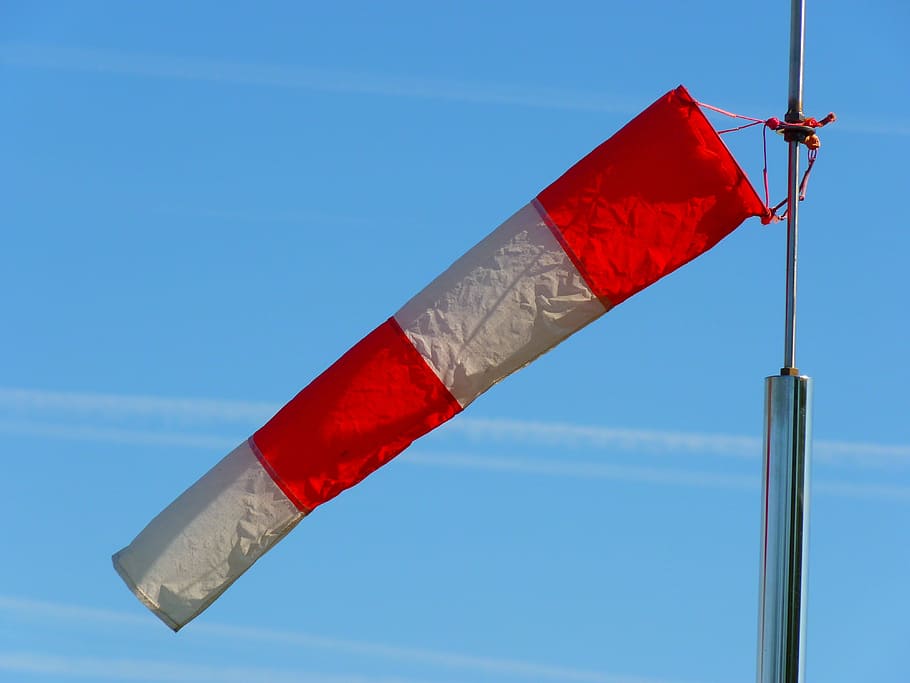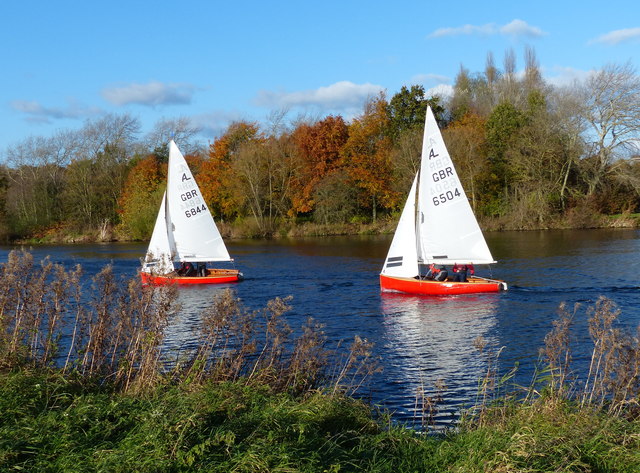Nowadays, steam engines have made it easier for travelers to reach their destination. They hardly have to think about water currents to travel up a river. How about boats with no motor function? People still use it and have been traveling against the odds.
Now you might ask, how did boats travel up river? Well, it is all about dealing with the wind and using its direction to glide against the stream. Apart from this, there are some aspects that you need to keep in mind.
In this write-up, I will discuss the possibilities and how you can successfully go up the river. Keep on reading.

2 Effective Ways To Travel Up River
- Sailing
People glide on the water by letting the wind act upon the sails. It is one of the most convenient ways of water travel and dealing with winds. People either use the wind on their tail to push the boat forward or track into the wind by zig zags operating the sails.

- Rowing or Paddling
Paddling or rowing is another manual way to travel on river bodies. These methods use shafts with blades to steering a boat on the water. Paddling requires one shaft to function, whereas rowing requires two blades on each side to guide the boat.

Understanding Wind Direction On River
While on a water body, I have faced two different situations. Positioning the bow of my boat according to the circumstances took me to my destination.
- Wind And Water Current In Opposite Direction
If the wind is tailing you and you have to go against the current, you can be less stressed because this is the easiest way to glide and go up a river. Wind can blow in any direction, but it’s up to the sailor to select the time of day to get on the water when the wind is on their tail pushing the boat.
Whenever I plan to go up a river, I always make sure that I travel against the coming tide. Go on to the water after dry days, when the wind usually goes against the incoming tide. Wind generates the lift and necessary push for the boat to go up the river easily.
- Wind And Current Flowing In Same Path
Now, if the current and wind is traveling in the same direction and your boat is coming against it, you will have to do the hard work, to be honest. This process is called tracking into the wind.
It is done conveniently with a sailboat in a close haul position, meaning the sails are tightly trimmed to generate lift and propel it forward. Sailing in such conditions can be tricky but not impossible. You must be a master navigator and expert sailor to go up the river in this condition.

Can You Sail On A River?
Yes, you can. Sailing on a river is possible if you know some basic things. So people who think that sailboats are no match for rivers are wrong in many ways. It would help if you looked into some vital areas to make your sailing comfortable.
- The Width Of the River
I have had difficulties sailing on narrow river beds. Going against the wind in such conditions can be a downer. The bigger width of a river makes it ideal for sail boating. Always remember that short tracking can be the hardest thing to pull off. So I would say that the wider the river, the better the results.
- Depth Of Water
Sailboats require a minimum depth to dock and travel fluently on water bodies. Make sure the river channel is deep enough to accommodate the boat. In general, daysailers will need a draft of 3 to 5 feet. Sailboat cruisers can get along with a 4’-7′ draft, whereas a catamaran’s draft should be 2-4 feet for effective sailing.

How Fast Do Riverboats Go?
Updated fleets built in the modern era can go about 14 miles in 1 hour. Sailboats can have an average speed of 8 miles per hour with a top speed of 12mph.
Pontoons can reach around 45 miles per hour, averaging 15 to 30 mph. At the same time, cruisers can reach a top speed of 50 mph.
Why Can’t River Boats Go In The Sea?
The simple answer is the behavior of the water bodies in rivers and the sea. They are not similar when it comes to tides and currents. Sea is known to be more erratic, and riverboats might be unable to cope with the unsettled winds and waves.
Another thing to remember is the width of ships and boats. Sailboats are narrower in comparison to ships. The wider the body, the better it will be in terms of stability. As riverboats are comparatively narrower than ships, they won’t be stable enough to handle sea waves and are likely to be destroyed.
Is it worth taking the risk? No, I would not suggest it. Is it possible to put a sailboat on the sea? Yes, only if the boats are registered by authorities and comprise life-saving appliances (LSA).
Final Thoughts
I’ve seen many newbies worry about putting sailboats to test on river beds. They come up with the common question: How did boats travel up river? The answer is simple. People travel up the river by maneuvering the wind and managing their sails.
Either they can sail up a river or use different methods like the rowing technique to reach their destination. All you need to understand is the behavior of the water current and corresponding wind, then act accordingly. Reading this write-up should have already cleared your misconception about boats traveling up the river.
Don’t worry. I have done it, and you can do it too. Patience and the will to sail are the keys here.
I am a boating specialist with over 10 years of experience. I have worked with all types of boats, from small fishing boats to large yachts. I am passionate about boating and love helping people enjoy the water. I am an expert in boat maintenance and repair, and I am also a certified boat captain. I am available for charter trips and private lessons.
